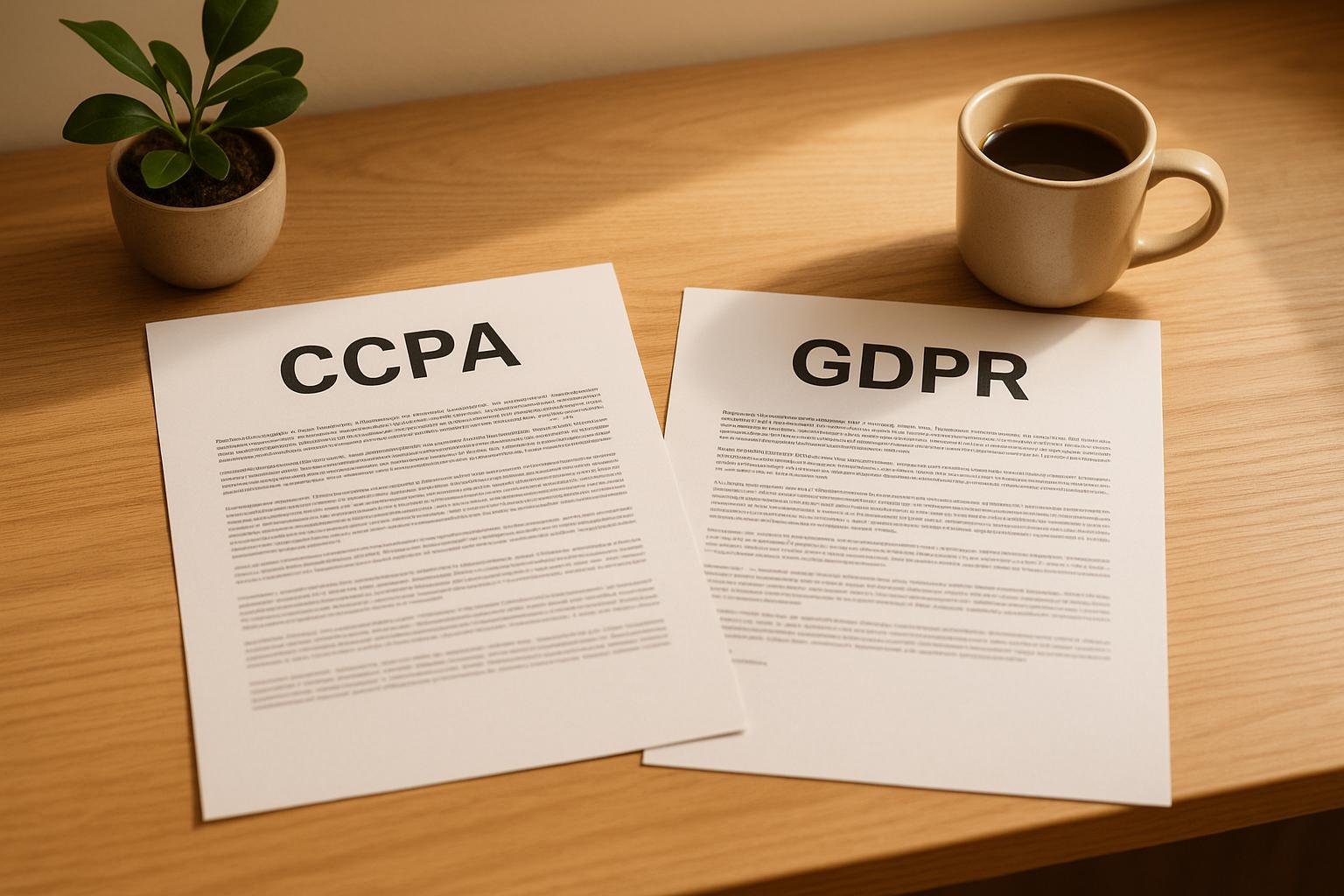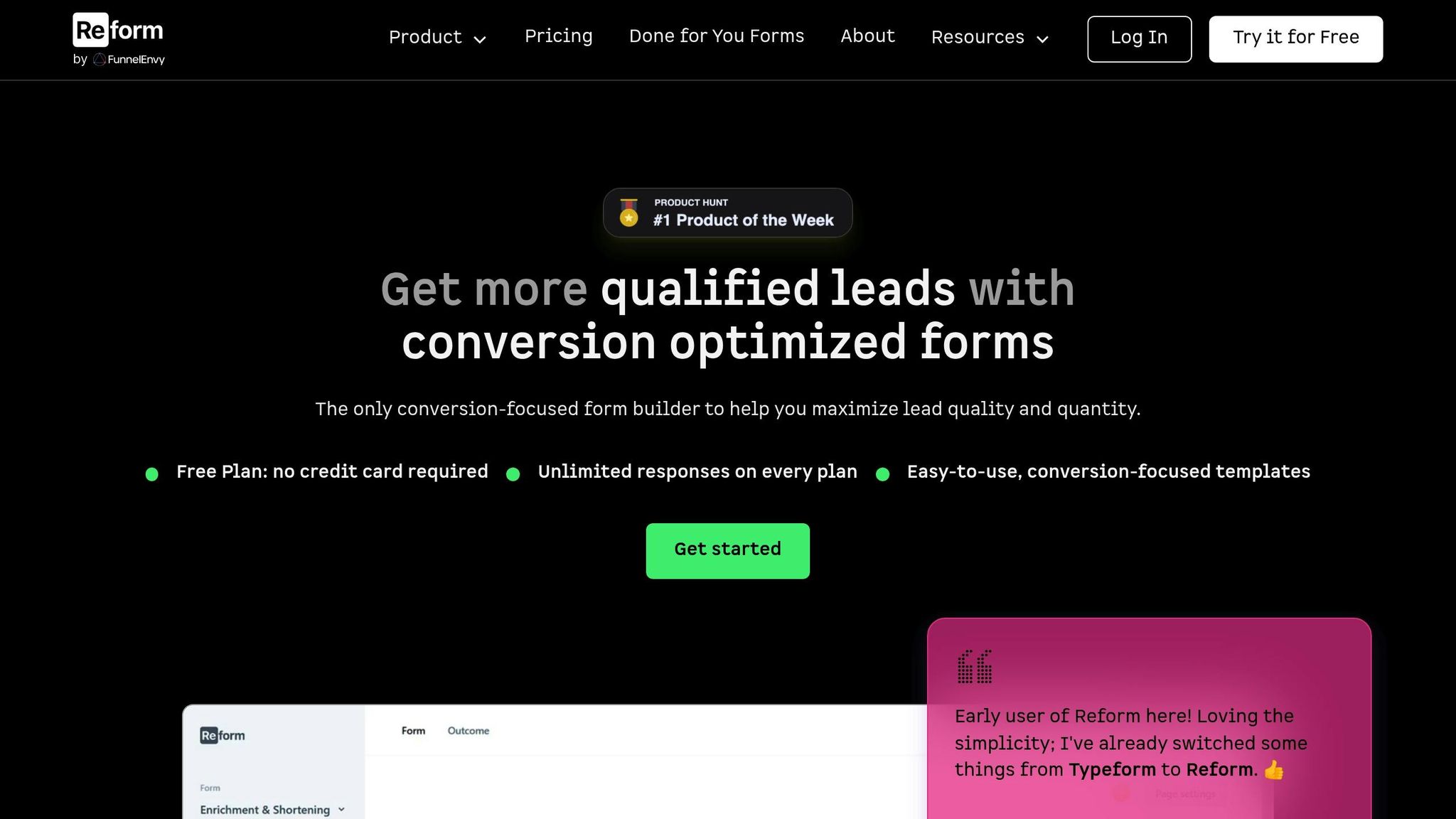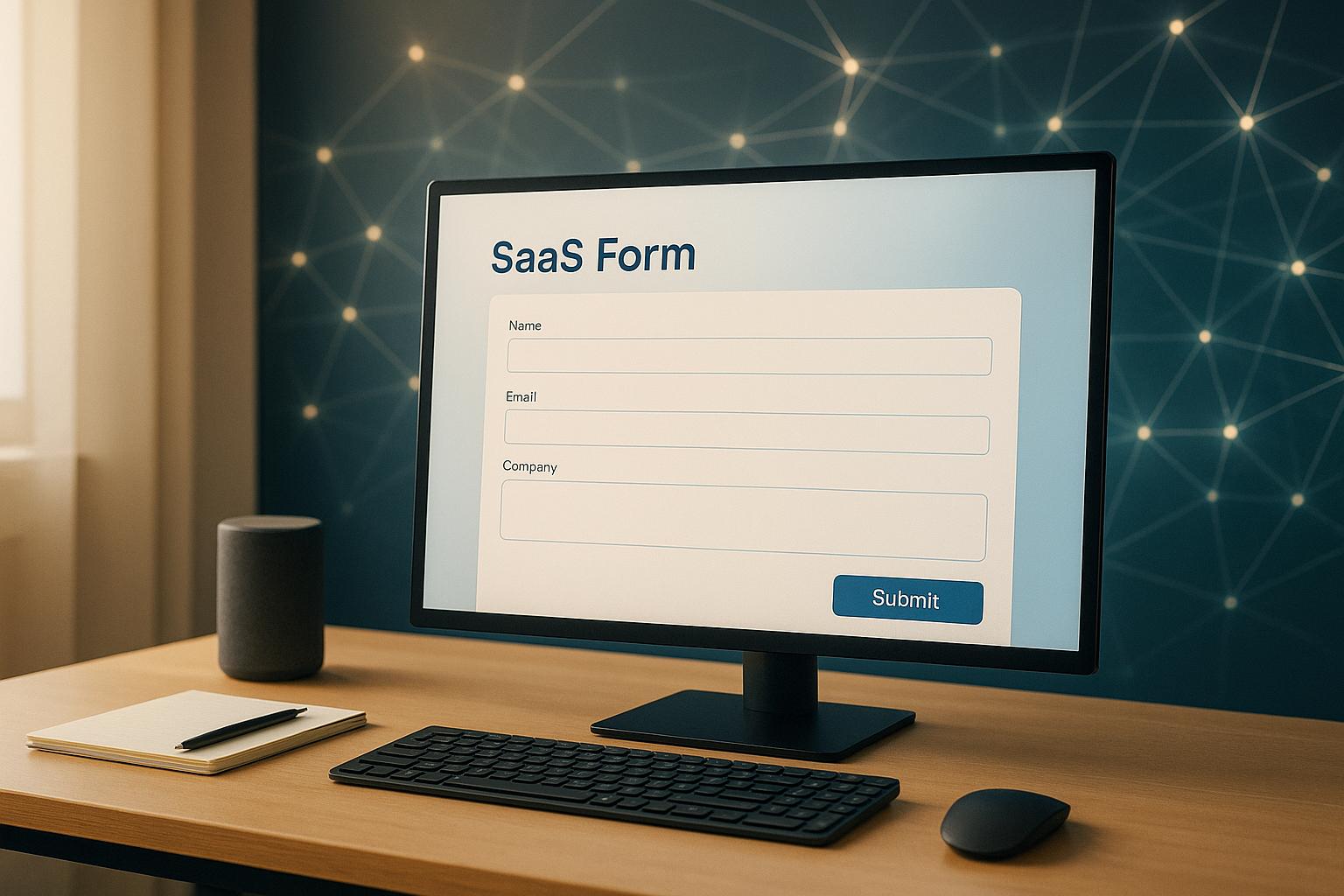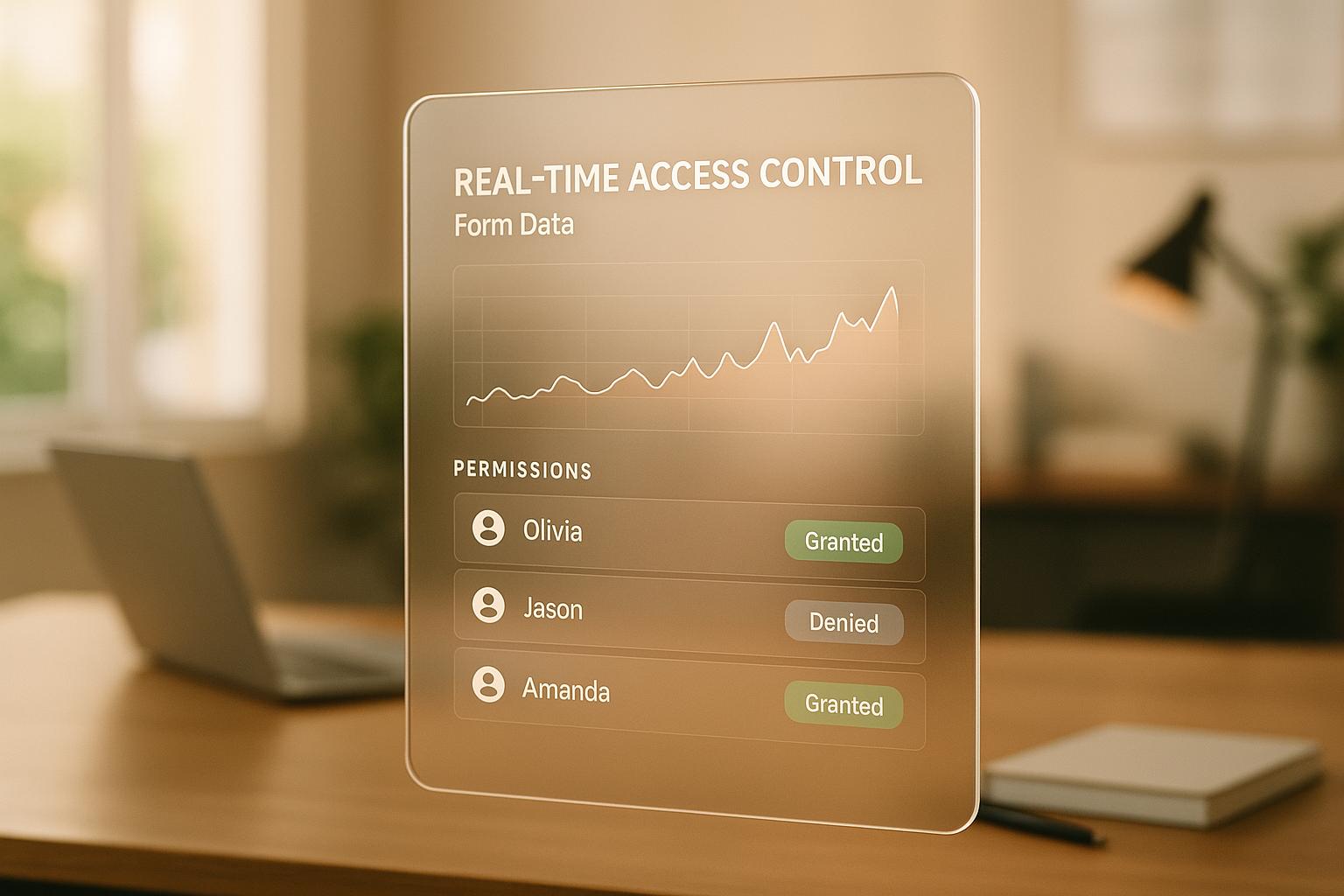CCPA vs. GDPR: Consent Differences Explained

Consent is the backbone of modern privacy laws, but the rules vary significantly between the GDPR and CCPA. Here's what you need to know:
- GDPR (Europe): Requires explicit opt-in consent before collecting or processing personal data. Users must actively agree, and businesses must provide clear, specific purposes for data use.
- CCPA (California): Operates on an opt-out model. Businesses can collect data by default but must offer a clear "Do Not Sell or Share My Personal Information" option for consumers to restrict data sharing or sales.
- Key Differences: GDPR demands proactive user action (opt-in), while CCPA shifts the responsibility to users to opt out. GDPR also has stricter rules for cookies and sensitive data.
Quick Comparison
| Criteria | GDPR (Opt-In) | CCPA (Opt-Out) |
|---|---|---|
| Consent Basis | Explicit, affirmative opt-in required | Default collection; opt-out for sales/sharing |
| Geographic Scope | EU-wide | California residents only |
| Age Rules | Parental consent under 16 (or 13 in some countries) | Opt-in for minors under 16; parental consent under 13 |
| Cookie Consent | Requires opt-in for tracking cookies | No prior consent; opt-out for sales/sharing |
| Fines for Violations | Up to €20 million or 4% of global revenue | $2,500–$7,500 per violation, plus $100–$750 per consumer |
For businesses managing both laws, adopting GDPR's stricter opt-in standard globally simplifies compliance. Tools like Reform can help tailor consent forms based on user location, ensuring both legal adherence and user trust.
TECH TALK: Understanding GDPR vs. CCPA: How It Affects Your Business | Part 1 of 3
GDPR Consent Rules
The General Data Protection Regulation (GDPR) places a strong emphasis on user control over personal data, setting a higher bar for consent compared to earlier frameworks. Unlike older systems that often relied on presumed consent, GDPR enforces strict guidelines that redefine how organizations handle personal data collection and processing.
GDPR Consent Standards
Under GDPR, consent isn't as simple as clicking a checkbox. It must be freely given, meaning users cannot be pressured or penalized for declining. Consent must also be specific, with clear explanations provided for each purpose of data processing. For example, users should know exactly what data is being collected, why it’s being used, and who will have access to it. Importantly, consent requires an active choice - pre-ticked boxes, silence, or inactivity do not count.
Another key aspect is granularity. Each purpose, such as email marketing or analytics, must have its own separate consent. For actions like tracking cookies or behavioral monitoring, explicit consent is mandatory. GDPR also ensures users can withdraw their consent at any time, adding another layer of protection. These standards even extend to specific rules for children and how their consent must be managed.
Consent Withdrawal and Record-Keeping
GDPR gives individuals the right to withdraw their consent whenever they choose, and businesses must make this process straightforward. Whether through account settings, preference centers, or direct communication, users should have clear options for withdrawal. Organizations are also required to inform users of this right before they provide consent. Once consent is withdrawn, businesses must immediately stop processing the data for that purpose and confirm the withdrawal with the user.
Record-keeping is another critical requirement. Companies must maintain detailed documentation of the consent process, including what information was shared with the user, the exact wording used, when and how consent was obtained, and the available withdrawal methods. The responsibility to prove valid consent lies with the organization, so these records must be thorough and retained for as long as the data is processed - or longer, if needed to resolve disputes.
Age-Related Consent Rules
When it comes to children's data, GDPR enforces additional safeguards. The default minimum age for providing consent is 16, though EU member states can lower this to no younger than 13. This means businesses operating across different countries need to account for varying age requirements. For children under the applicable age, companies must obtain verifiable parental consent before processing any personal data.
This verification process requires reasonable steps to ensure the person giving consent is a parent or guardian, with the level of scrutiny depending on the level of risk. Additionally, any information shared during the consent process must be presented in clear, simple language that children and their guardians can easily understand. Some platforms, to avoid the complexity of these rules, choose to restrict access for younger users rather than implement parental consent systems. These age-related protocols are just one part of GDPR's comprehensive approach, which we'll soon contrast with the CCPA’s consent structure.
CCPA Consent Rules
The California Consumer Privacy Act (CCPA) takes a different approach compared to GDPR when it comes to user consent. Instead of requiring businesses to obtain permission before collecting personal data, the CCPA operates on an opt-out model. This means companies can collect and use most personal data without prior consent, but consumers have the right to block specific uses of their data if they choose to do so.
CCPA Opt-Out Framework
Under the CCPA, businesses are allowed to collect, sell, or share personal information with third parties without needing prior consent. However, they are required to provide consumers with a straightforward way to opt out. This includes displaying a prominent "Do Not Sell or Share My Personal Information" link on their homepage and in their privacy policy. The California Privacy Rights Act (CPRA) expanded this requirement, ensuring that the "Do Not Sell" option also applies to data sharing, not just selling.
This opt-out system is a major shift from GDPR's approach, which mandates explicit consent before data collection. With the CCPA, the responsibility lies with consumers to take action if they want to limit how their data is used. However, this model changes when dealing with sensitive groups, such as minors.
Non-compliance with CCPA requirements can lead to steep penalties. Businesses may face fines of $2,500 for unintentional violations and $7,500 for intentional ones. Additionally, in the case of a data breach, affected consumers can claim statutory damages ranging from $100 to $750 each.
Consent Rules for Minors
While the CCPA generally follows an opt-out model, it enforces stricter rules for minors. For children under 13, companies must obtain verifiable parental consent before selling or sharing their data. For teenagers aged 13 to 15, the law requires the minor's own affirmative consent. Businesses are also required to have systems in place to verify ages and maintain detailed records of how and when consent was obtained.
Cookie and Tracking Consent
The CCPA takes a more lenient stance on cookies and tracking technologies compared to GDPR. Businesses are allowed to use cookies and similar technologies without explicit consent. However, if these tools are used to sell or share personal data with third parties, companies must provide clear disclosures about the cookies’ purposes and offer consumers opt-out options.
This flexibility allows businesses to use essential cookies, analytics tools, and even some marketing cookies without needing upfront consent. That said, transparency is key. Companies must clearly outline their cookie practices in their privacy policies and ensure their "Do Not Sell or Share My Personal Information" mechanisms cover cookie-based data sharing as well.
sbb-itb-5f36581
GDPR vs. CCPA Consent Comparison
Key Differences in Consent Models
The GDPR and CCPA take very different approaches when it comes to consent. GDPR operates on an opt-in model, meaning businesses must secure explicit, affirmative consent from individuals before collecting or processing their personal data. In other words, companies need a clear and documented "yes" from users. On the other hand, CCPA follows an opt-out model. This allows businesses to collect personal data by default, but they must provide a clear and accessible way for consumers to opt out of the sale or sharing of their data. So, while GDPR requires users to take action to opt in, CCPA places the burden on users to opt out.
For businesses, this boils down to geography. Companies targeting EU customers must ensure they obtain consent upfront, while those operating in California need to offer clear opt-out mechanisms after data collection. To simplify compliance, many organizations adopt GDPR's stricter opt-in standard across the board.
Side-by-Side Consent Requirements
Here’s a closer look at how GDPR and CCPA compare in their consent requirements:
| Area | GDPR (Opt-In) | CCPA (Opt-Out) |
|---|---|---|
| Consent Basis | Explicit, affirmative opt-in required before data collection | Default collection allowed; opt-out needed for data sales/sharing |
| Geographic Scope | EU-wide, covering all EU residents | State-level, applicable to California residents only |
| Who Must Comply | Any organization processing EU residents' data | For-profit California businesses meeting specific thresholds |
| Age Rules | Parental consent required for children under 16 (or 13 in some countries) | Opt-in required for children under 16; parental consent for those under 13 |
| Cookie Consent | Requires opt-in before placing tracking cookies | No prior consent needed; opt-out required for data sales/sharing |
| Consent Withdrawal | Users must be able to withdraw consent easily at any time | Businesses must honor opt-out requests for data sales/sharing |
| Maximum Penalties | €20 million or 4% of global annual turnover (whichever is higher) | $2,500–$7,500 per violation, plus $100–$750 per affected consumer |
| Required Website Elements | Consent banners and detailed privacy policies | "Do Not Sell Or Share My Personal Information" link required |
| Sensitive Data | Requires explicit consent for all personal data categories | Opt-in required only for specific sensitive categories |
To navigate these varying requirements, tools like Reform can help businesses create region-specific consent workflows. For example, EU visitors might encounter opt-in consent forms for cookies and data processing, while California visitors see clear opt-out links and notices. Reform’s customizable form builder is designed to automatically adjust based on user location, making it easier to stay compliant with both GDPR and CCPA rules.
How Businesses Can Handle Both GDPR and CCPA
Navigating compliance with both GDPR and CCPA may seem challenging, but it’s entirely achievable with the right approach. The trick lies in creating a system that meets regional regulations while maintaining a smooth user experience. Many businesses start by using GDPR’s stricter standards as a foundation and then layering on CCPA-specific features where required. Here’s how to make it work effectively.
Key Compliance Strategies
One smart move is to adopt GDPR's explicit opt-in standard as your default. By using geolocation tools, you can tailor consent experiences - showing detailed EU consent banners to European users and clear opt-out links for California residents.
Keeping detailed consent logs is another must. Your system should record the time, date, method of consent, and the specific permissions users grant. This creates the kind of audit trail regulators look for during compliance reviews.
Offering granular consent options is also a game-changer. Instead of forcing users to agree to broad terms, let them choose specific purposes for data processing. This aligns with GDPR’s rules against bundling unrelated consents and gives users more control over their data.
Using Reform for Consent Management

Reform offers tools that make managing GDPR and CCPA compliance much easier. Its conditional routing feature adjusts consent flows based on a user’s location. For instance, EU users see explicit opt-in forms, while California users encounter compliant opt-out options.
Breaking privacy choices into multi-step forms is another helpful feature. Instead of overwhelming users with a dense, single-page consent form, you can collect permissions gradually. For example, you might first ask for basic contact consent and later request approval for email marketing - using clear, straightforward language at each step.
Reform also provides real-time analytics, allowing you to track consent completion rates and pinpoint where users drop off. This insight helps you refine your forms for better compliance and smoother user interactions. Plus, Reform integrates seamlessly with CRM and marketing platforms, ensuring that consent preferences are consistently recorded. For sensitive data categories requiring opt-in consent under both GDPR and CCPA, Reform’s conditional logic can trigger additional consent steps, no matter where the user is located, ensuring compliance without disrupting the user experience.
Other US State Privacy Laws
Beyond GDPR and CCPA, other state privacy laws like Virginia's CDPA and Colorado's CPA introduce additional layers of complexity. These laws also rely on opt-out models but have unique thresholds and definitions for sensitive data.
To handle these variations, businesses should invest in a scalable consent management system. Instead of building separate solutions for each state, focus on a unified platform that can adapt as new regulations emerge. A good strategy is to default to opt-in consent for sensitive data across all states, ensuring compliance with both state laws and GDPR. From there, you can add state-specific elements, like extra privacy disclosures or opt-out links, as necessary.
As more states roll out privacy laws, the need for flexible consent solutions becomes even clearer. Companies that prioritize adaptable systems now will be better equipped to meet future requirements without needing costly overhauls, setting themselves up for ongoing compliance and success.
Conclusion: Managing Consent Across Different Privacy Laws
Navigating the differences between GDPR and CCPA consent models presents a challenge for businesses operating on a global scale. Under GDPR, users must actively opt in before their data can be collected, while CCPA allows data collection by default, provided there’s a clear and accessible opt-out option.
Regulatory enforcement actions underscore the financial risks of non-compliance, making effective consent management a top priority for businesses.
One practical approach is adopting GDPR’s opt-in consent model globally. This simplifies compliance by eliminating the need for multiple systems tailored to different regulations, while also fostering trust among users. It’s a strategy that not only ensures compliance across jurisdictions but also streamlines operations.
Technology plays a crucial role in making this unified strategy feasible. For example, Reform’s conditional routing and multi-step form features allow businesses to create forms that adapt based on user location. These tools also offer real-time analytics, helping optimize form completion rates while ensuring compliance.
As more U.S. states introduce varying privacy laws, businesses face increasing pressure to adopt scalable, adaptable consent management systems. Investing in these solutions now can save companies from costly system overhauls down the line. Scalable tools ensure businesses remain compliant with evolving regulations while maintaining a smooth user experience.
In a rapidly changing privacy landscape, unified and adaptable consent systems are essential for staying ahead.
FAQs
How can businesses ensure compliance with both GDPR and CCPA consent rules?
To meet the consent requirements under GDPR and CCPA, businesses should prioritize three main areas:
- Clarity and Transparency: Make it easy for users to understand how their personal data is collected, used, and shared. Use straightforward, simple language to explain your data practices.
- Obtaining Consent: For GDPR, ensure users give clear, affirmative consent before processing their data, with full knowledge of how it will be used. Under CCPA, provide a clear option for users to opt out of data sales and inform them of their rights.
- Effective Data Management: Adopt practices that limit unnecessary data collection, safeguard user information, and handle requests like data access, deletion, or correction efficiently.
By focusing on these areas, businesses can not only comply with the regulations but also create a stronger sense of trust with their users.
What happens if businesses don’t comply with GDPR and CCPA consent requirements?
Failing to meet GDPR and CCPA consent standards can have serious repercussions for businesses. Under GDPR, violations can result in fines as high as €20 million or 4% of the company’s global annual revenue - whichever amount is greater. For CCPA, penalties can climb to $7,500 for intentional violations and $2,500 for unintentional ones. On top of that, companies may face civil lawsuits if a data breach occurs.
But the costs aren’t just financial. Non-compliance can lead to reputational harm, erode customer trust, and disrupt daily operations. To steer clear of these issues, it’s critical to keep your consent processes transparent, thoroughly documented, and aligned with the requirements of each regulation.
What are the key differences in age-related consent requirements under GDPR and CCPA, and how should businesses handle minors' data?
Under the GDPR, the general age of consent for data processing is 16, though individual EU member states have the option to lower it to as young as 13. If a user falls below this age, parental or guardian consent is mandatory. In contrast, the CCPA sets the age threshold at 13. For users aged 13 to 16, businesses must obtain direct opt-in consent from the minor, while for those under 13, parental consent is required.
To comply with these regulations, businesses need to implement effective age verification systems and establish clear, transparent consent processes. Keeping detailed records of consent and offering straightforward ways for users to withdraw it are equally important. Leveraging tools designed to simplify consent management can not only ensure compliance but also help build and maintain user trust.
Related Blog Posts
Get new content delivered straight to your inbox

The Response
Updates on the Reform platform, insights on optimizing conversion rates, and tips to craft forms that convert.
Drive real results with form optimizations
Tested across hundreds of experiments, our strategies deliver a 215% lift in qualified leads for B2B and SaaS companies.





